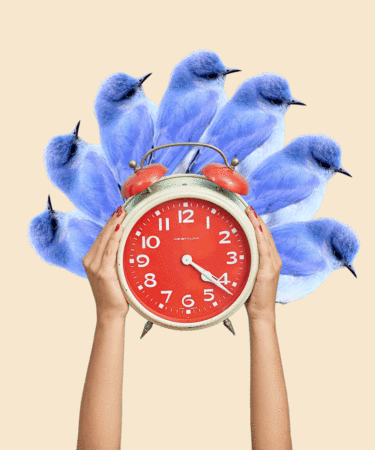“The early bird catches the worm” proverb dates to 1636, but it wasn’t until 1904 that a savvy advertiser borrowed the phrase. In the June 12, 1904 issue of the Morning Oregonian, a local department store advertised an “early bird special in men’s summer underwear.”
The phrase continued to appear in advertisements in the 1920s and ‘30s and, by the 1950s, the early bird special had become a permanent fixture. At least one historian credits its prominence and persistence to Prohibition.
“Prohibition … [hurt] the existing restaurant model of fine dining,” Andrew P. Haley, associate professor of American cultural history at the University of Southern Mississippi, told Eater in 2018. Without alcohol, Eater’s Jaya Saxena writes, restaurants had to get creative to fill seats.
And so restaurants began offering lower-cost meals during off-peak hours and targeting specific demographics, such as seniors and children. In a way, Prohibition and the early bird special set the stage for the wholesome lifestyles teetotalers had hoped for — affordable family meals and a safe return home before dark.
Portions and time were generous. In 1952, one San Francisco restaurant advertised its early bird special as “dinner and a cocktail, fried chicken, hot biscuits, honey, shoestring potatoes, coffee, and after dinner drink — all for a couple of bucks,” and all available until 7:30 p.m.
So common was this twilight meal, its existence became encyclopedic: The 1994 “Encyclopedia of American Food & Drink” described it as “popular with those on a budget, senior citizens, and especially in resort areas like Florida.”
Although the early bird special still exists, some, like Saxena, believe it is endangered. But for one moment in U.S. history, we luxuriated in accessible early bird dinners and drinks specials, all thanks to an erstwhile ban of booze.
